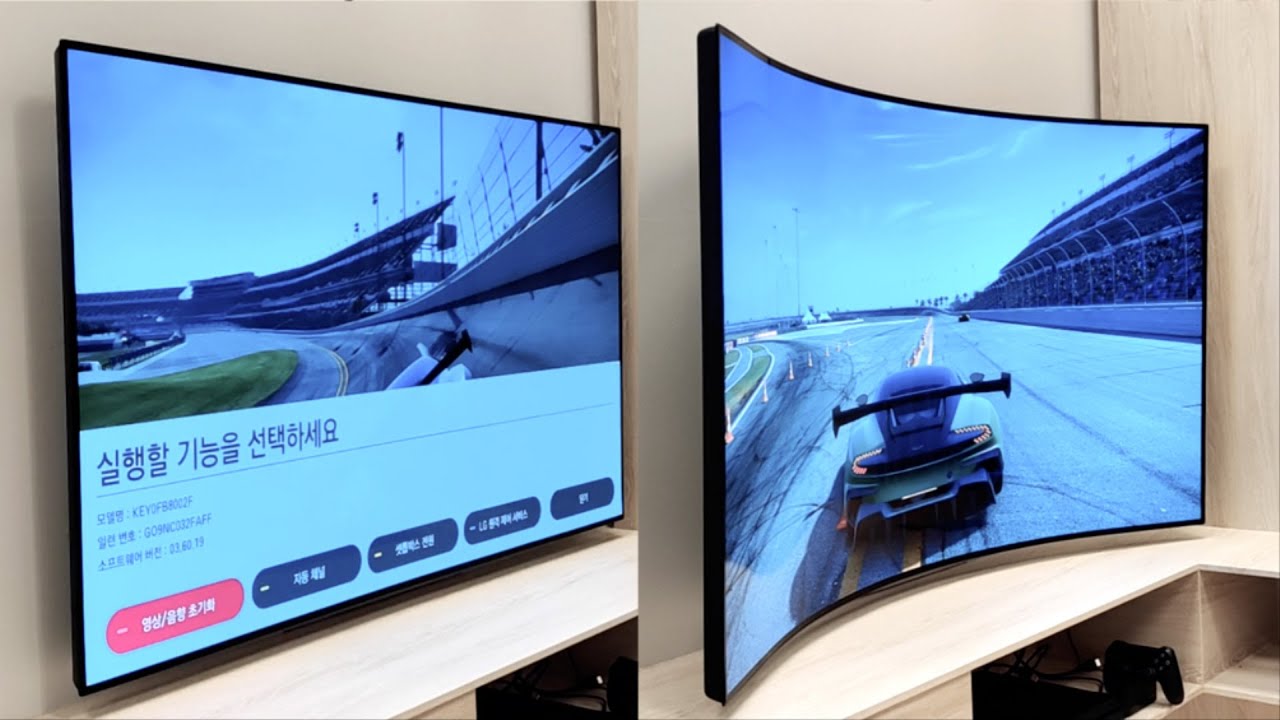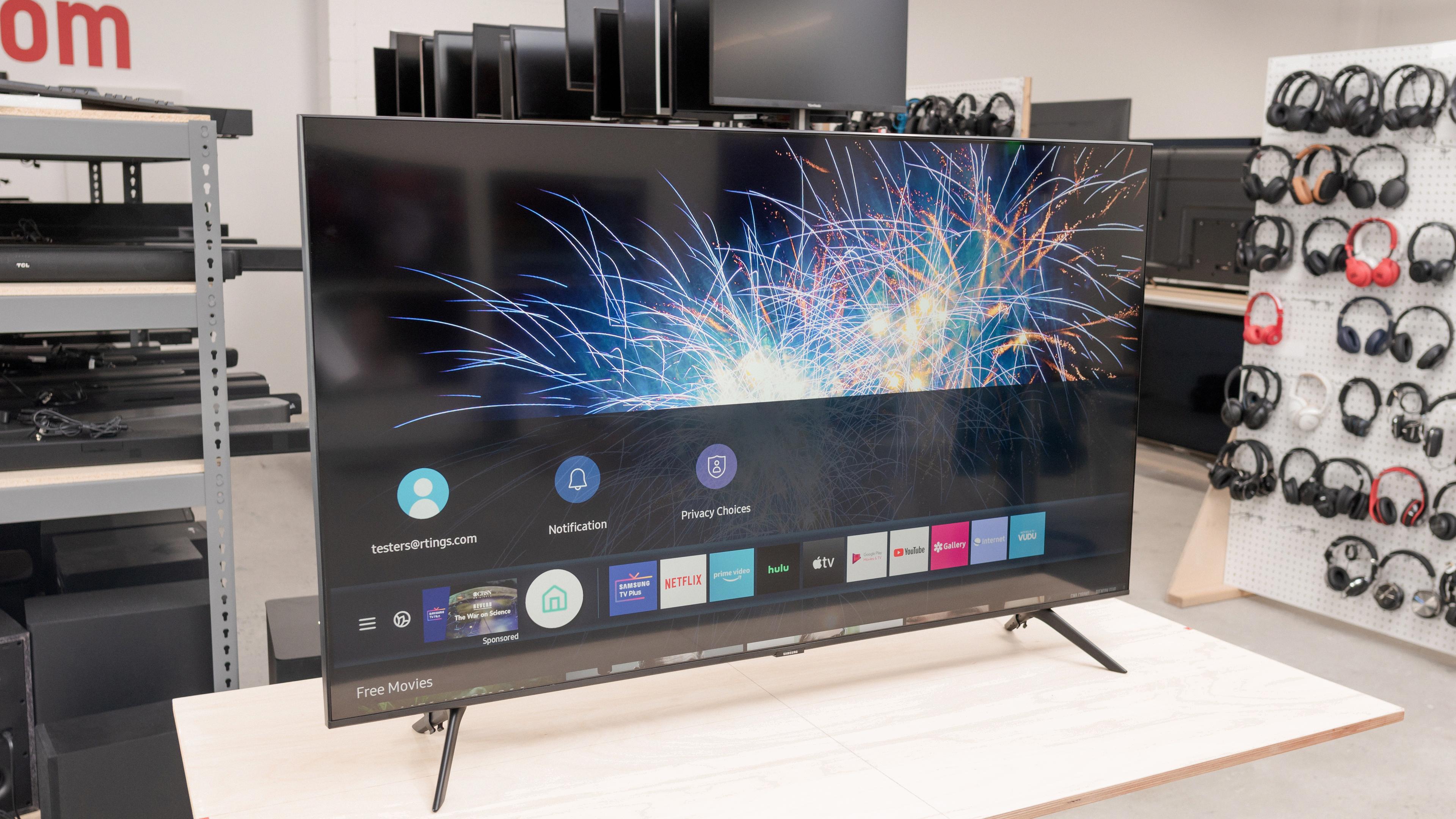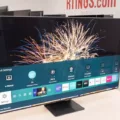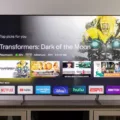When it comes to the world of televisions, there are a lot of options available. One of the biggest debates in recent years has been the comparison between curved TVs and flat TVs. Some people swear by curved TVs, while others prefer the traditional flat TVs. So, which one is better?
First, let’s talk about the aesthetics. There’s no denying that curved TVs look cool. They’re sleek, modern, and eye-catching. Some people love the way they look in their living rooms, and that’s a perfectly valid reason to choose a curved TV over a flat one. However, aesthetics are subjective, and not everyone will agree that a curved TV is the best choice for them.
But what about the viewing experience? Are curved TVs really better than flat ones? The answer is a bit more complicated. When it comes to everyday use, there isn’t a huge difference between curved and flat TVs. Both can provide a great viewing experience, and the choice ultimately comes down to personal preference.
However, there are some benefits to curved TVs that are worth considering. One of the biggest advantages is the increased immersion. The curvature of the screen creates a sense of depth and breadth that can make you feel like you’re right in the middle of the action. This can be particularly beneficial for watching movies or playing video games.
Another benefit of curved TVs is the increased contrast. The curvature helps to reduce reflections and glare, which can make blacks look blacker and whites look whiter. This can lead to a sharper, more vibrant image, particularly around the edges of the screen.
Of course, there are also some downsides to curved TVs. One of the biggest is the viewing angle. If you’re not sitting directly in front of the TV, the curvature of the screen can distort the image and make it look strange. This can be particularly problematic if you’re watching with a group of people.
There’s also the issue of cost. Curved TVs tend to be more expensive than flat ones, which can be a deal-breaker for some people. Additionally, there’s a limited selection of curved TVs on the market, which can make it difficult to find the right one for your needs.
In the end, the decision between a curved TV and a flat one comes down to personal preference. There are benefits and drawbacks to both, and it’s up to you to decide which one is the best choice for your home.

The Benefits of a Curved TV Compared to a Flat TV
The answer to whether a curved TV is better than a flat TV is subjective and depends on personal preference. Both types of TVs have their own advantages and disadvantages.
Advantages of a curved TV:
– Some people find the curved design aesthetically pleasing and it can add a unique touch to the decor of a room.
– The curve can create a more immersive experience for viewers by providing a wider viewing angle and a sense of depth.
Disadvantages of a curved TV:
– The curve can cause distortion and reflections, especially when viewed from an angle, which can be distracting.
– The curve can also create a narrower sweet spot for optimal viewing, meaning that viewers need to sit in a specific spot to fully appreciate the curve.
Advantages of a flat TV:
– Flat TVs are more common and widely available, giving consumers a wider range of options to choose from.
– Flat TVs are also generally more affordable than curved TVs.
– Flat TVs do not suffer from the distortion and reflections that can occur with curved TVs.
Disadvantages of a flat TV:
– Flat TVs may not provide the same level of immersion as a curved TV.
– Flat TVs may not offer the same viewing angle as curved TV.
Whether a curved or flat TV is better depends on individual preference and the specific needs of the viewer.

The Benefits of a Curved TV
A curved TV offers several advantages over its flat-screen counterpart. Firstly, it provides a more immersive viewing experience by creating a sense of depth and breadth simultaneously. This is due to the curvature of the screen, which increases the viewer’s field of vision, making them feel more involved in what they’re watching. Secondly, the curvature of the screen enhances contrast, making the visual differentiation between black and white more pronounced. This results in a more vivid and lifelike image. the edges of the screen on a curved TV are sharper, which enhances the overall viewing experience. the advantage of a curved TV is that it offers a more immersive, vivid, and lifelike viewing experience.
Conclusion
The debate between curved and flat TVs ultimately comes down to personal preference. While curved TVs provide a unique aesthetic appeal and a slightly enhanced viewing experience, the differences between the two are not significant enough to make a major impact on everyday use. The added depth and contrast provided by a curved screen may be appealing to some, but others may prefer the traditional flat screen. Ultimately, the decision between curved and flat TVs should be based on individual taste and budget. It’s important to weigh the pros and cons of each option and choose the one that best suits your needs and preferences.








